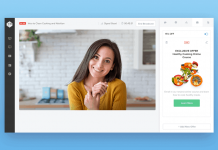
A fairly common element of presentations is the Q&A. In fact, they are so common that we seldom give them much thought. We just “throw it open to Q&A.”
A Querulous Quibble with Q&A
Since I come from a showbiz background, I see Q&A not as a polite moment for classroom-esque clarification but as an “encore.” It’s the big finish. The number of hands that go up are a clear indication of how entertained and engaged the audience has become. And of course you want to go out on a high note, with the audience wanting more. To achieve that, it is essential to aggressively manage this part of the show. To that end here are some common problems and suggested solutions to issues of Q&A:
1. No One Wants to Be First
Timing is a big part of any effective presentation, so when I work with the meeting planner we typically assign a certain number of minutes to the presentation and then allow certain number of minutes for Q&A. Unfortunately, when asked “are there any questions?” sometimes the audience has a certain amount of collective stage fright and no one wants to be the first one to raise his or her hand. They may be so stunned, awed, or overwhelmed by the presentation (especially if it's very new to them) that they don’t know how to begin. This can be a truly awkward moment. No hands going up can make one feel like no one had any interest in the presentation. This may in fact be the case, but very often it’s a case of folks dealing with their own stage fright.
I have a very simple workaround. At the start of a talk I will overtly assign a “volunteer” to “break the ice” with a first question when I say the phrase, “any questions?” This moment always get a big laugh, and the “volunteer” does fine as they feel they have permission to speak. If you aren’t as bold as me, you can just “plant” a question-asker to step in at the appropriate moment. Hey, whatever works.
Note: It actually helps if the first question isn’t all that great, as this will embolden other potential question-askers, as now they feel they can’t possibly look any dumber than the first question-asker.
2. Repeat the Question for Everyone Else
When someone in the audience (without a microphone) asks a question it’s likely that other people in the audience didn't hear the question, so the answer might not make any sense without that context. We all know this is a problem, but I’m repeating it once more. As part of my warmup for a talk I will remind myself again and again to “repeat the question.”
3. Respond to the Entire Audience, Not Just to One Person
When I'm answering an individual’s question, I try very hard to balance responding to that individual with sharing the answer with everyone in the audience. Making “eye contact” with just one single person for an entire answer can be a little intense for them, and may dissuade other people from asking questions. It also can make everyone else in the audience feel like they are not being recognized.
I usually respond to the question-asker directly, then I couch the answer in a form that seems applicable to everyone. Then I re-acknowledge the question-asker at the end saying, “Thank you for such a great question.”
4. Yikes! The Audience Is Highly Motivated to Say Nothing
One of the worst things a speaker has to face is the situation where their presentation is the last thing on the day’s schedule, and you are the one thing keeping everyone from the big party at the pool. No matter how good you are, in that situation everyone is hoping you will end as quickly as possible. When this is the case, and you “throw it open to the Q&A,” even if people are dying to ask you a question they won’t. They know that if they ask a question they'll be the object of collective silent resentment as their question is keeping everyone else from getting to the cold shrimp.
Again, no hard and fast rules on how to deal with this, but one trick is to take questions in the middle of the presentation, not at the end. Another trick is to be very strict about all your start and stop times throughout the day so they know you won’t “go overtime.” But even then, if everyone knows that by not asking any questions they might get to the open bar five minutes sooner, there will be a decisive lack of inquisitive minds in the audience for that presentation. In that case, perhaps the best way to answer any questions is to just end your presentation by saying you'll take any questions at the shrimp bar, and then go and enjoy the food.
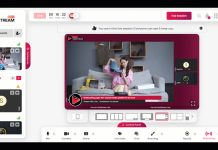
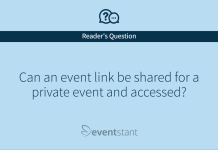
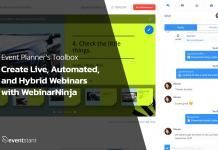
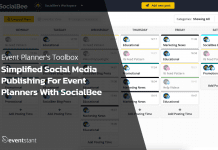
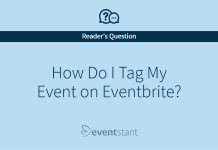
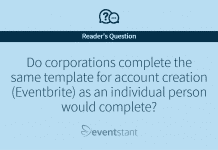



![How Important Are Face to Face Meetings [INFOGRAPHIC]](https://eventstant.com/wp-content/uploads/faceToface_v11-sm-218x150.jpg)


